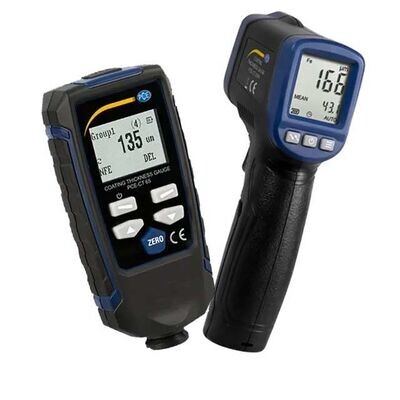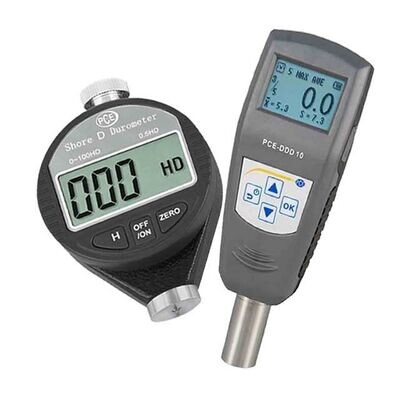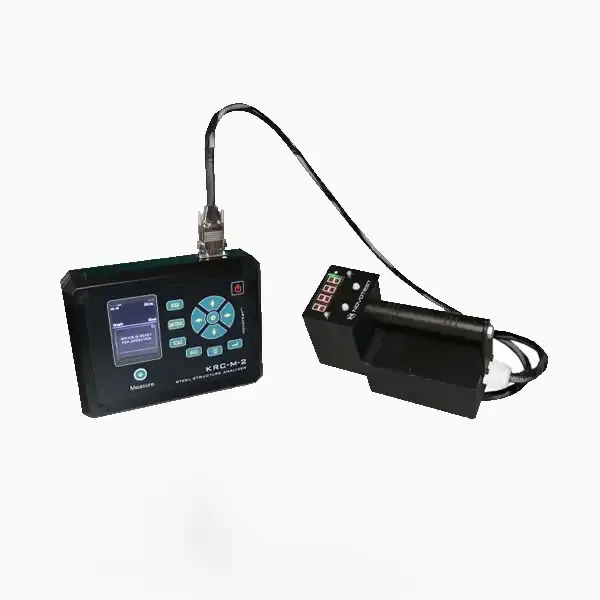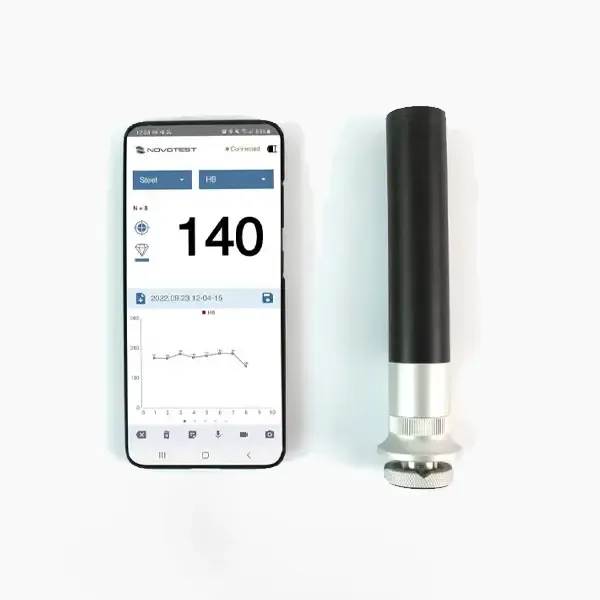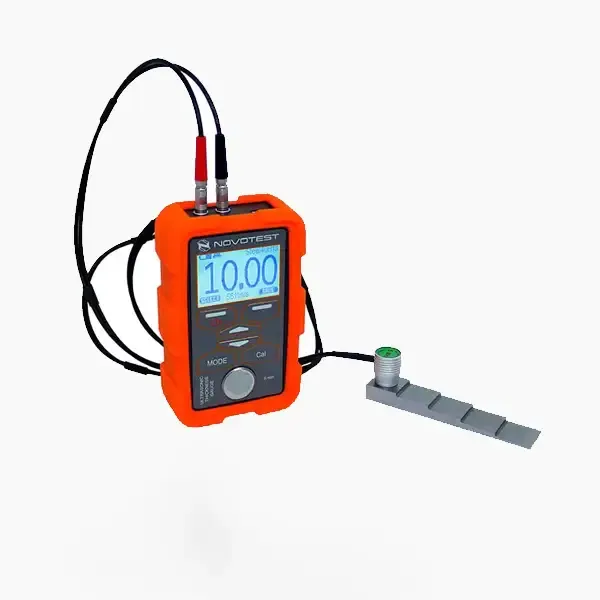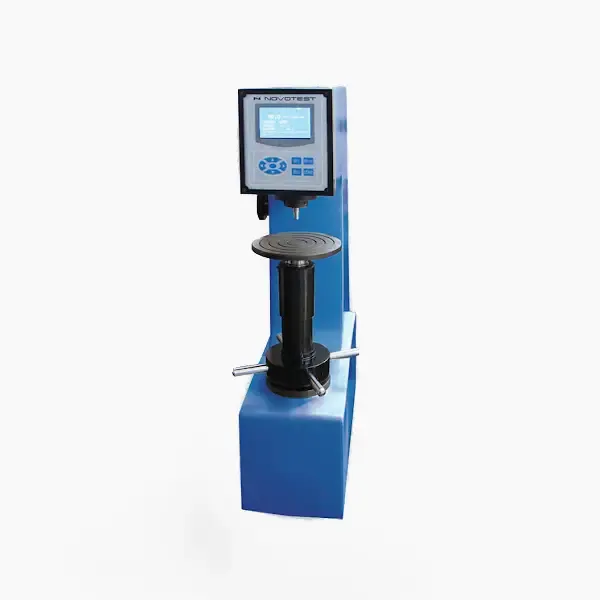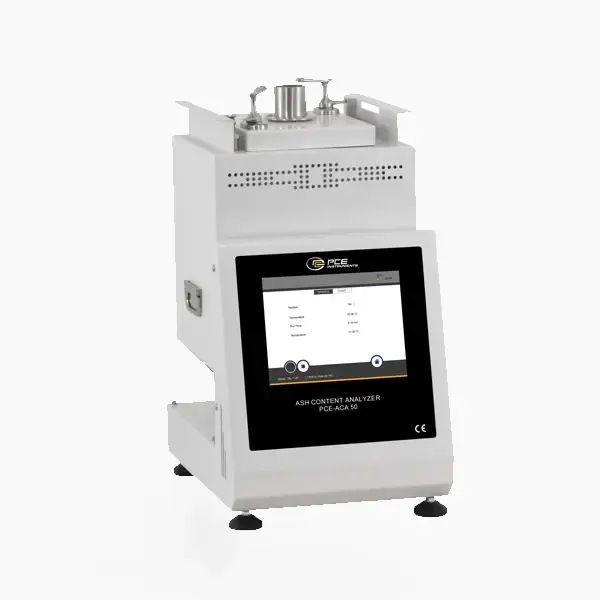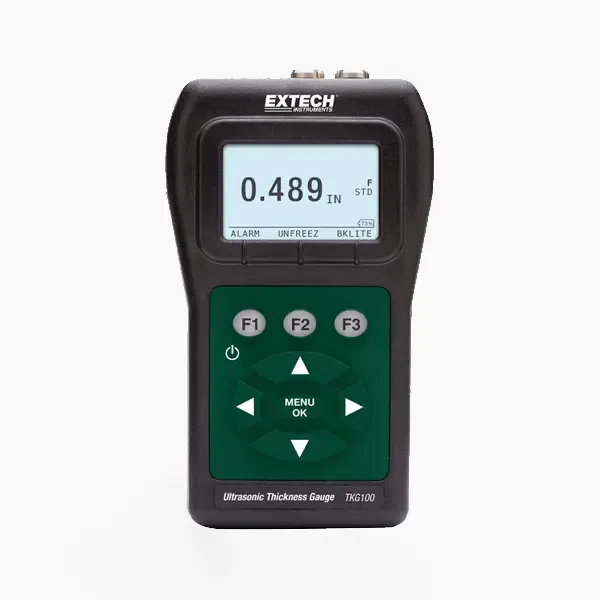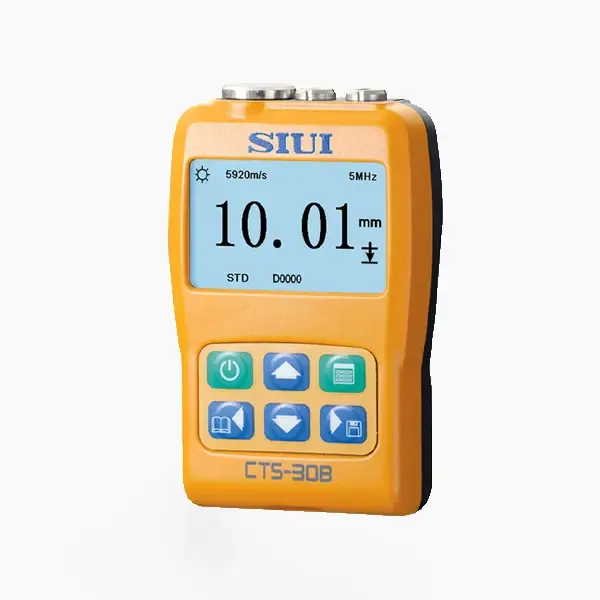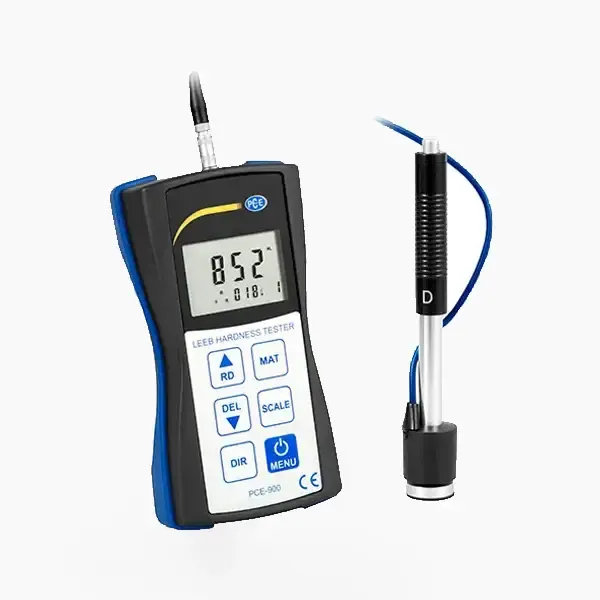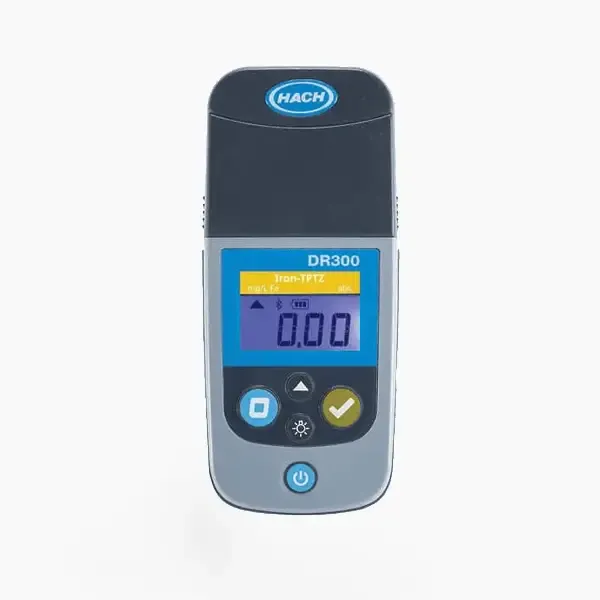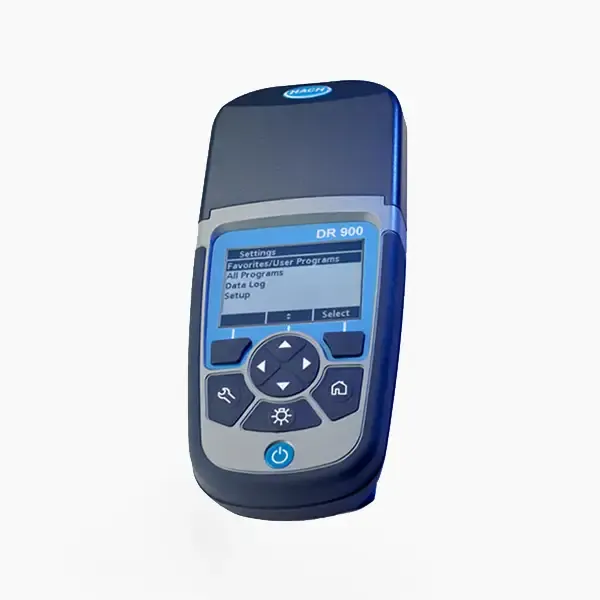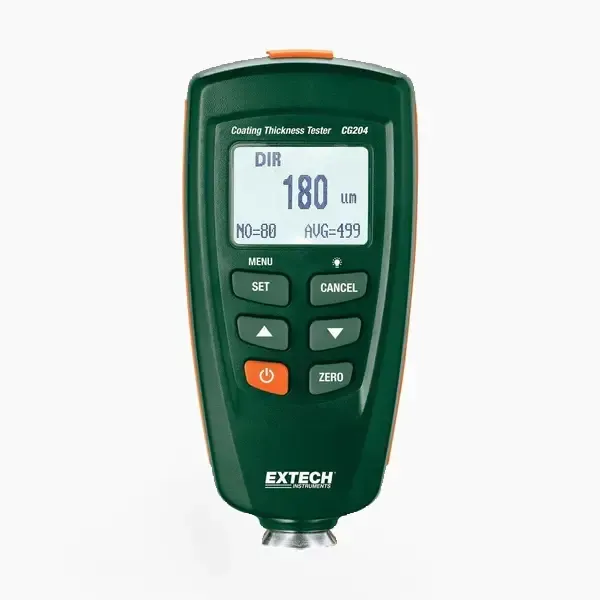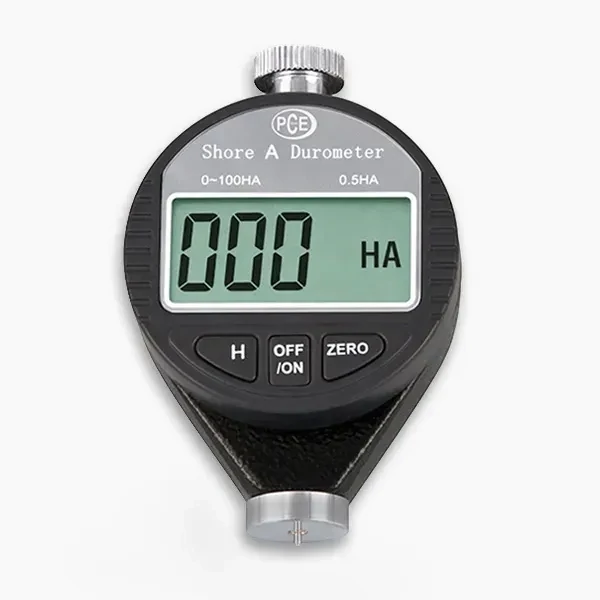Kategorie bladsy
Material Testing
Material testing is a critical aspect of various industries, including manufacturing, construction, aerospace, automotive, and more. The goal of material testing is to assess and ensure the properties, quality, and performance of materials used in different applications. Here are some common techniques and methods employed in material testing:
- Tensile Testing:
- Purpose: Determines the tensile strength, yield strength, and elongation of a material.
- Method: A specimen is subjected to a controlled tension until it fractures. The stress and strain are measured throughout the process.
- Hardness Testing:
- Purpose: Measures a material's resistance to indentation or scratching.
- Methods: Common hardness tests include Rockwell, Brinell, and Vickers hardness tests.
- Impact Testing:
- Purpose: Evaluates a material's toughness by measuring its ability to absorb energy during sudden impact.
- Methods: Charpy and Izod tests are common impact tests.
- Fatigue Testing:
- Purpose: Assesses a material's resistance to cyclic loading, simulating repetitive stress conditions.
- Method: A specimen is subjected to repeated loading and unloading until failure.
- Compression Testing:
- Purpose: Determines a material's compressive strength and behavior under axial loads.
- Method: A specimen is subjected to a compressive force until failure.
- Bend Testing:
- Purpose: Assesses a material's ductility and the ability to withstand deformation.
- Method: A specimen is bent to a specified angle, and the results are evaluated.
- Non-Destructive Testing (NDT):
- Purpose: Inspects materials without causing damage.
- Methods: Includes techniques such as ultrasonic testing, radiography, magnetic particle testing, and dye penetrant testing.
- Corrosion Testing:
- Purpose: Evaluates a material's resistance to corrosion.
- Methods: Salt spray tests, electrochemical tests, and exposure to corrosive environments.
- Chemical Analysis:
- Purpose: Determines the chemical composition of a material.
- Methods: Techniques such as spectroscopy, chromatography, and wet chemical analysis.
- Microscopic Examination:
- Purpose: Investigates the microstructure of materials.
- Methods: Optical microscopy, electron microscopy, and scanning probe microscopy.
- Thermal Analysis:
- Purpose: Studies the thermal properties of materials.
- Methods: Differential scanning calorimetry (DSC), thermogravimetric analysis (TGA), and thermal conductivity measurements.
Refine by
Display prices in:
AED
Teken in op ons
nuusbrief
Kontak ons
Dankie dat jy ons gekontak het. Ons sal so gou moontlik na jou terugkom.
Oeps, daar was 'n fout met die stuur van jou boodskap. Probeer asseblief later weer.
Kategorieë
Electrical
Clamp Current Meters
Multimeters
Voltage Detector
Insulation Resistance Tester
Earth Resistance Testers
Accessories
Power Quality Analyzer
Oscilloscope
Multifunction Tester
RCD Testers
Cable Testers
Recorder and Data logger
Phase-Rotation Tester
Current Accessories
Battery Testers
Micro Ohmmeter
Relay And Protection Testing
Cable Locators
Micro Ohmmeter
Cable Analyzer
Portable Appliance Testers
Circuit Breaker Tester
Installation tester
Solar industry tool
Power Transformer Testing
Impedance Meter
Megaohmmeter
Electromagnetic Field Meter
Signal Generator
Temperature / Humidity
Laser Thermometers
Temperature/Thermometers
Temperature Datalogger
Thermohygrometer
Humidity/Moisture Meter
Accessories
Sensors
Temperature Probe
Material Testing
Coating Thickness Gauge
Hardness Tester
Ultrasonic Thickness Gauge
Surface Roughness
Air & Gas Measurement
Particle Counter
Weather Station
Air Flow
Gas Detector/Analyzers
Anemometer
Air Quality Meter
Network
Installation And Test
Cabling Certification
Accessories
Telcom Test
Inspection Tools
Thermal Camera
Alignment
Stroboscope
Borescopes
Flaw Detector
Utility Locator
Fiber Inspector
IR windows
Calibrators
Process Calibrator
Multifunction Calibrator
Loop Calibrator
Temperature Calibrator
Pressure calibrators
Sound & Light & Vibration
Vibration Meter
Light meter
Flashlight
Sound Level Meters
Others
Tachometer
Radiation detection
Liquid Quality Meters
Ph / ORP Meter
Dissolved Oxygen Meters
Pressure
Pressure Pump
Pressure Accessories
Pressure Gauge
Test pump
Vacuum Pump/Gauge
Manifold Gauge
Manometer
Dimension
Laser Distance Meter
Accessories
Distance meter
Industrial Power
Veterinary And Agricultural
Instrumentation
Transmitters
Pressure Transmitter
Temperature Transmitter
Kontak inligting
00971 (04) 447 6031
Deira Creek, Radisson Blu Hotel, Plaza Bldg, 4de, 403 - Dubai VAE
Uazon is een van die subversamelings van die mme-ae.com
Retourbeleid
Privaatheidsbeleid




